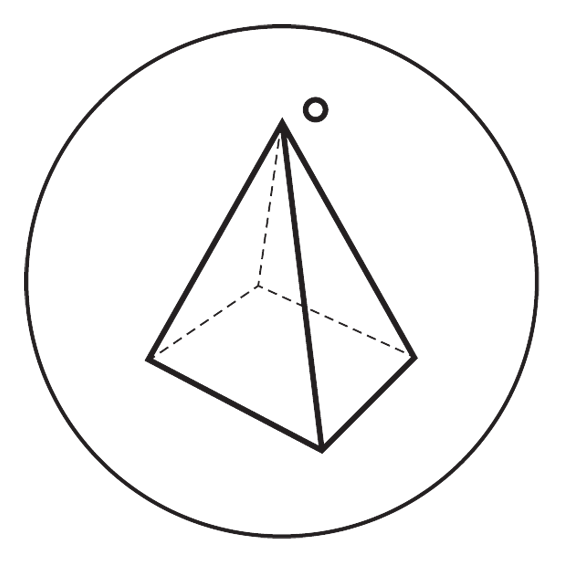How Trigger Points Lead to Headaches and How to Find Relief
- Michael Bigas
- Mar 23
- 2 min read
Headaches are a common ailment that can significantly impact daily life. While various factors contribute to headaches, one often-overlooked cause is the presence of trigger points—tight, tender knots in muscles that can refer pain to other areas, including the head. Understanding how trigger points lead to headaches and how to relieve them can help reduce discomfort and improve quality of life.

What Are Trigger Points?
Trigger points, also known as myofascial trigger points, are localized muscle knots that develop due to stress, poor posture, repetitive strain, or muscle overuse. These points can cause pain not only at the site of the knot but also in other areas of the body, a phenomenon known as referred pain.
How Trigger Points Cause Headaches
Trigger points in the neck, shoulders, and upper back can lead to tension headaches and migraines. The most common muscles associated with headache-inducing trigger points include:
Trapezius Muscle: Tight knots in the upper trapezius can cause pain that radiates to the temples and behind the eyes.
Sternocleidomastoid (SCM) Muscle: Trigger points in this neck muscle can cause pain in the forehead, around the eyes, and even lead to dizziness.
Suboccipital Muscles: These small muscles at the base of the skull can create pain that feels like a tension headache or migraine.
Temporalis Muscle: Located on the sides of the head, trigger points in this muscle can lead to pain across the forehead and temple area.
Common Causes of Trigger Points
Poor posture: Sitting for long hours with a forward head position can strain muscles and develop trigger points.
Stress and tension: Emotional stress can cause muscle tightness, leading to trigger point formation.
Repetitive movements: Activities like typing, texting, or carrying heavy bags can overuse muscles.
Injury or trauma: Accidents, whiplash, or previous muscle strain can result in chronic trigger points.
How to Relieve Trigger Point-Related Headaches
1. Self-Massage and Trigger Point Release
Use your fingers or a massage tool to apply gentle pressure to trigger points.
Hold pressure for 30-60 seconds until the tension starts to release.
Repeat as needed throughout the day.
2. Stretching and Mobility Exercises
Perform neck and shoulder stretches to reduce muscle tension.
Chin tucks, shoulder rolls, and side neck stretches can help relieve pressure on trigger points.
3. Heat and Cold Therapy
Apply a warm compress to relax tight muscles.
Use an ice pack for inflammation and pain relief.
4. Posture Correction
Maintain proper posture while sitting and standing.
Adjust your workstation to ensure an ergonomic setup.
5. Stress Management Techniques
Practice relaxation techniques such as deep breathing, meditation, or yoga.
Engage in regular physical activity to reduce stress levels.
6. Professional Therapies
Seek help from a physical therapist, chiropractor, or massage therapist for targeted treatment.
Dry needling or acupuncture can also help release stubborn trigger points.
Conclusion
Trigger points are a hidden cause of many headaches, particularly tension headaches and migraines. By identifying and addressing these muscle knots through self-care techniques, posture correction, and professional treatments, individuals can experience significant relief and prevent recurring headaches. If headaches persist or worsen, consulting a healthcare professional is recommended to rule out underlying medical conditions.





Comments